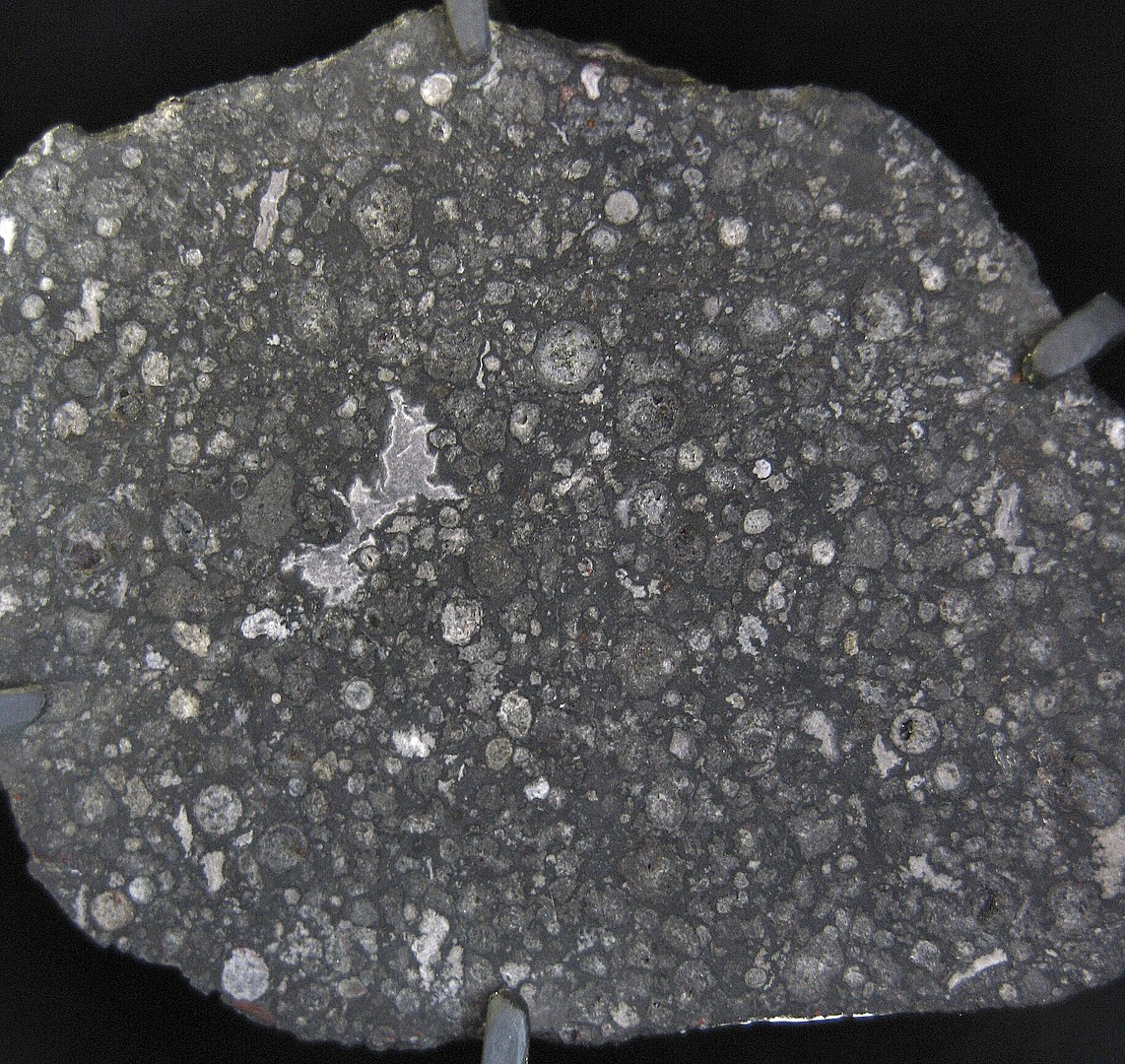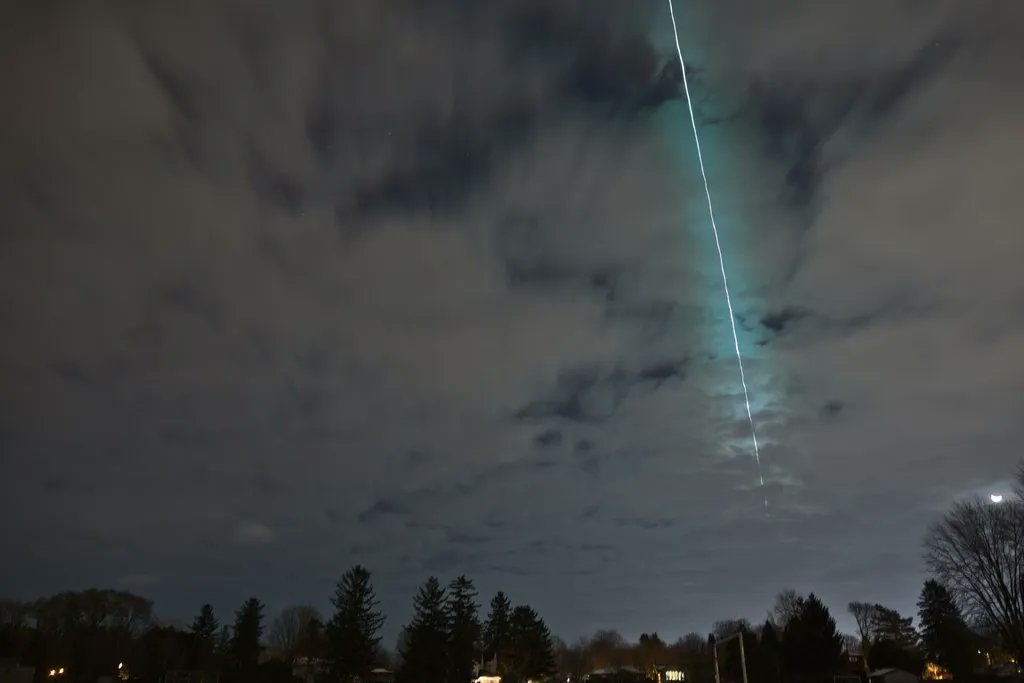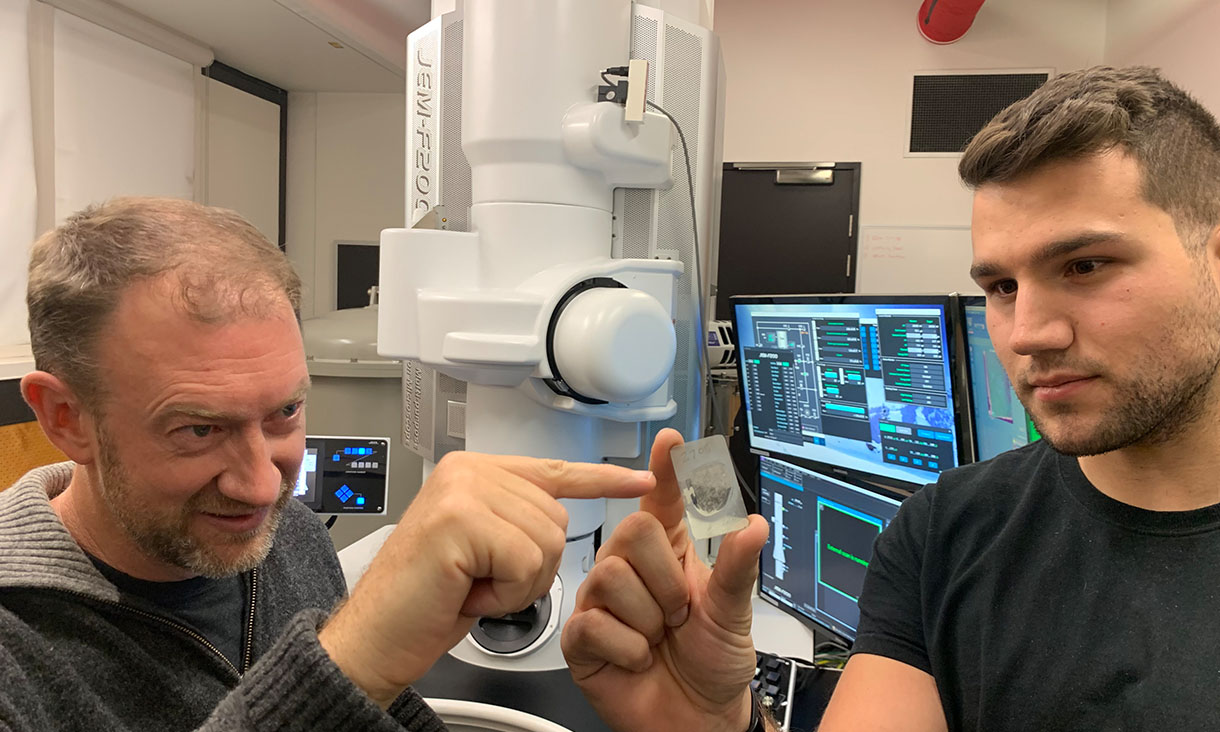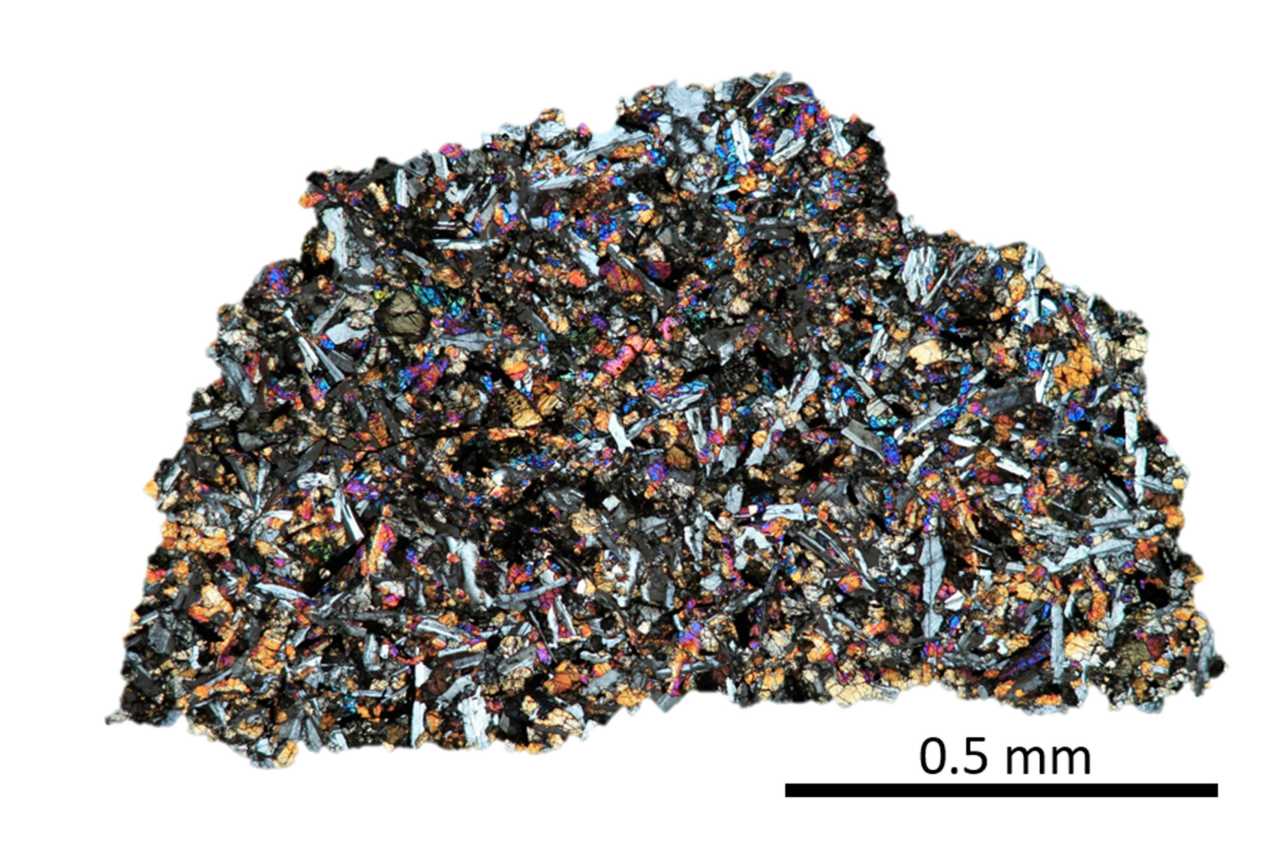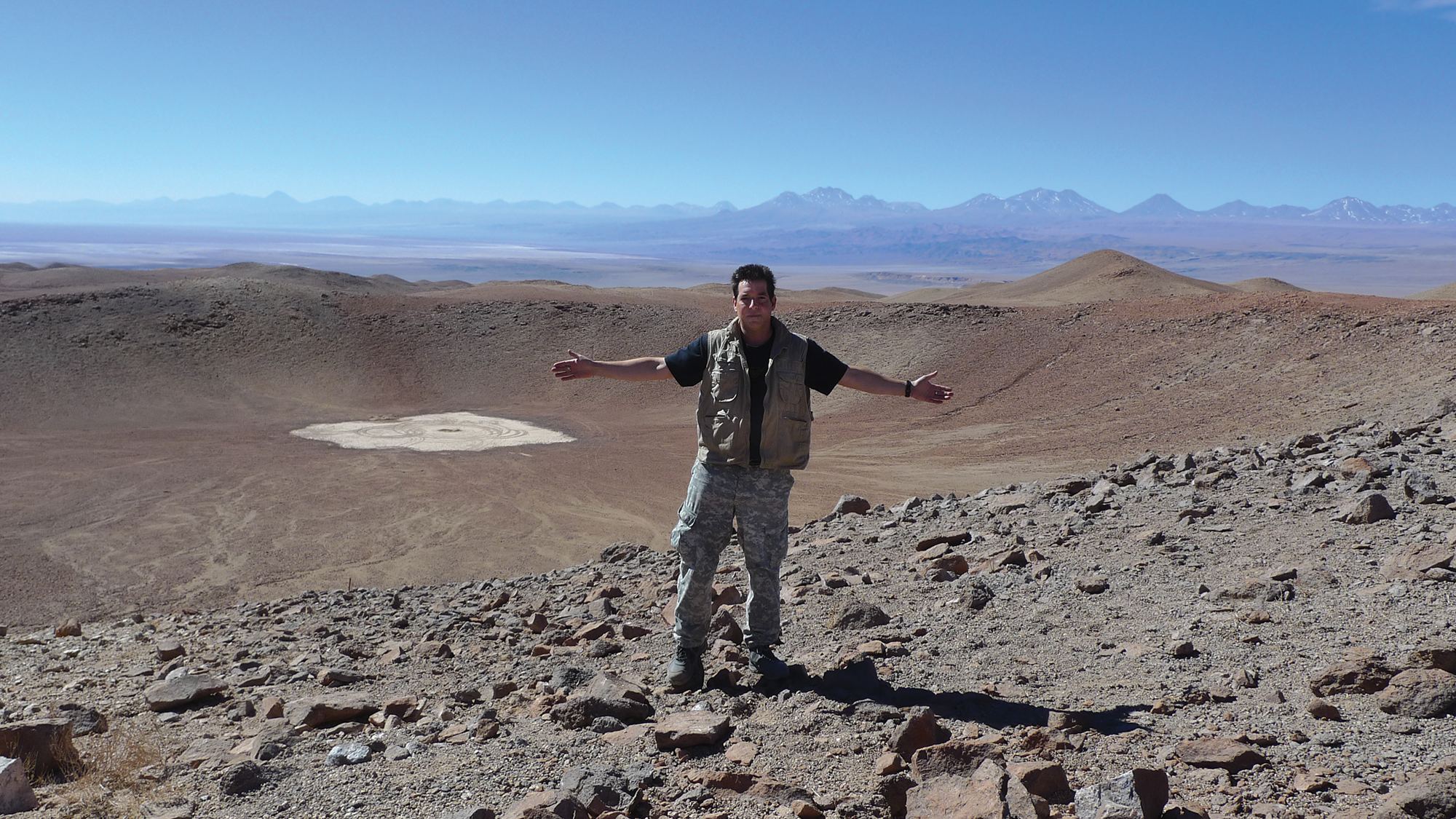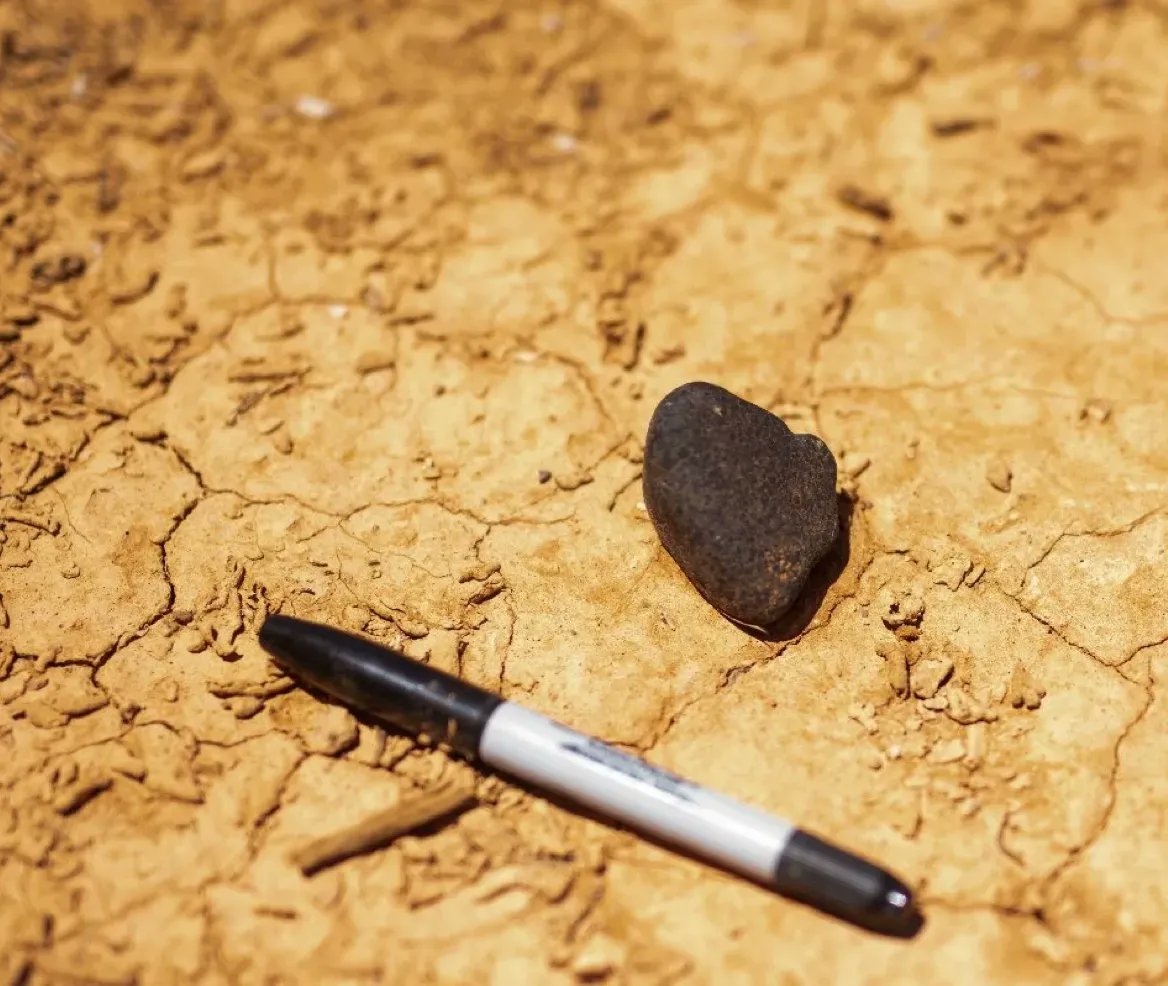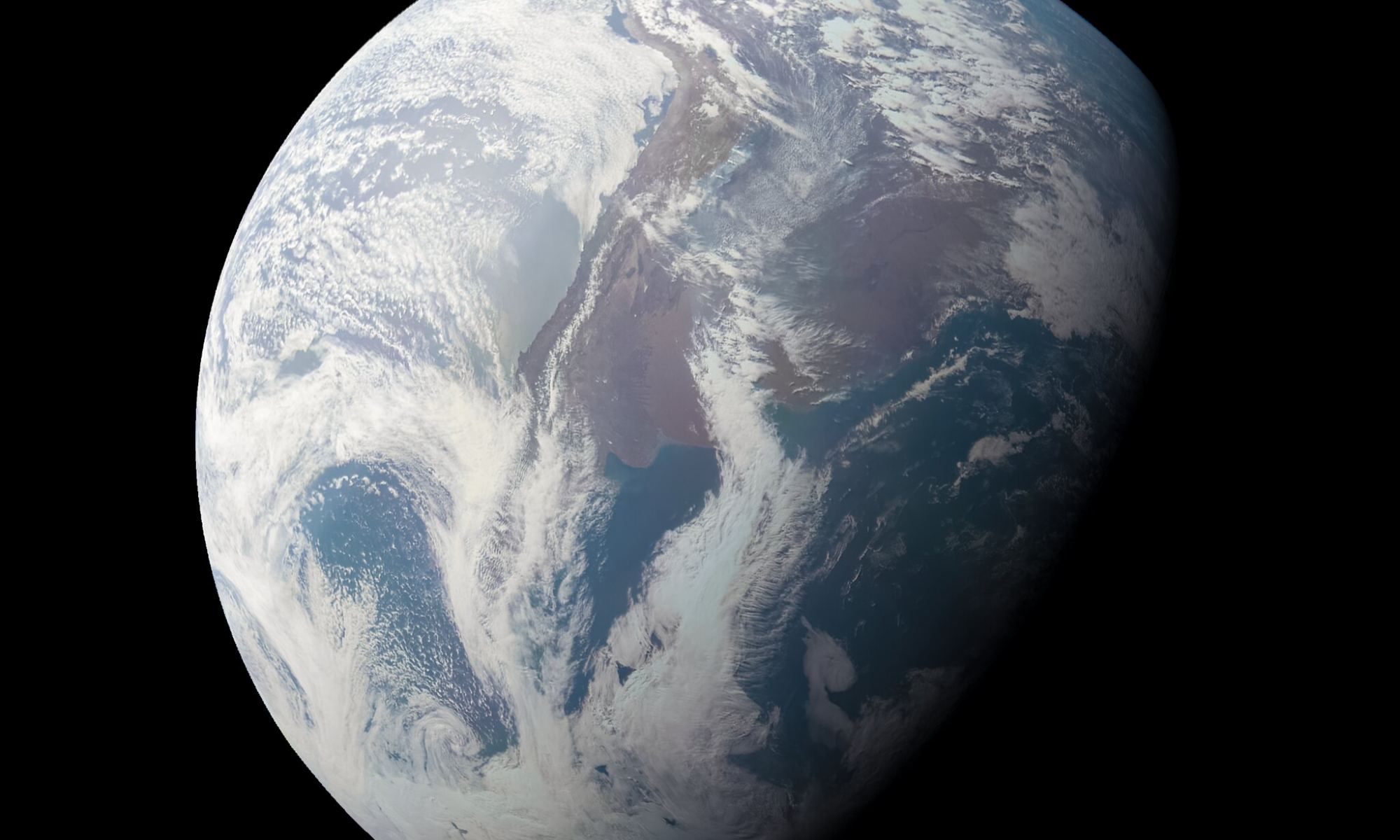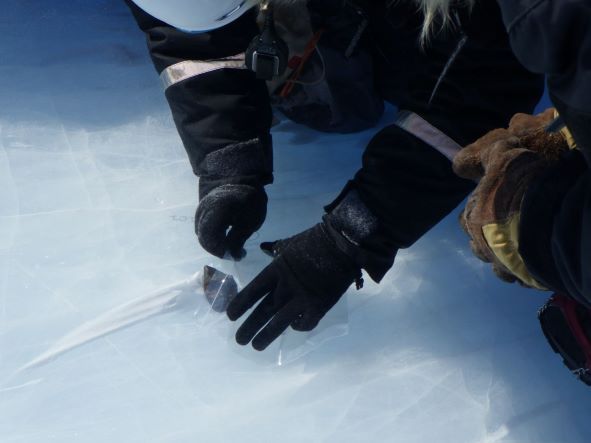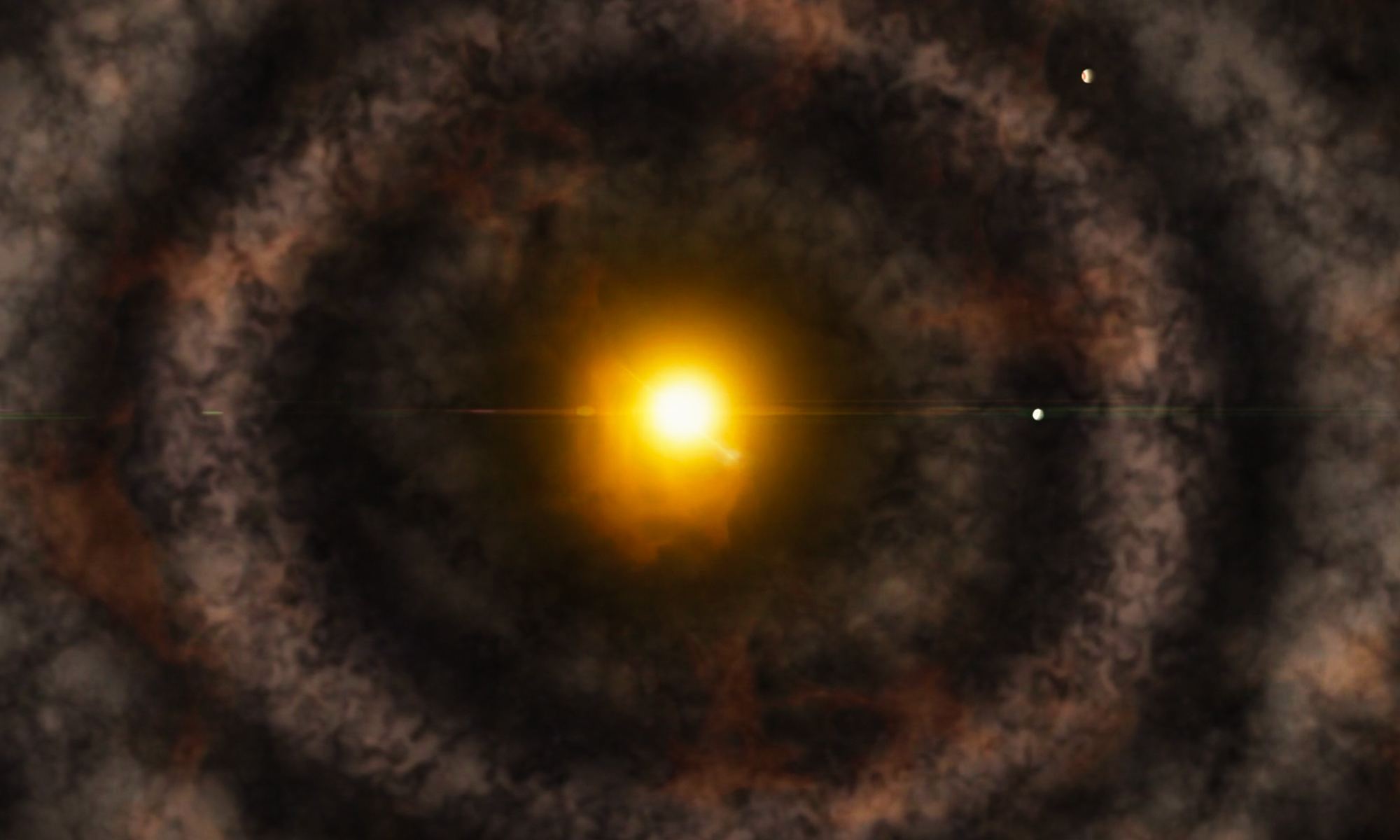Our modern telescopes are more powerful than their predecessors, and our research is more focused than ever. We keep discovering new things about the Solar System and finding answers to long-standing questions. But one of the big questions we still don’t have an answer for is: ‘How did life on Earth begin?’
Continue reading “Meteorites Bathed in Gamma Rays Produce More Amino Acids and Could Have Helped Life get Going on Earth”Meteorites Bathed in Gamma Rays Produce More Amino Acids and Could Have Helped Life get Going on Earth
